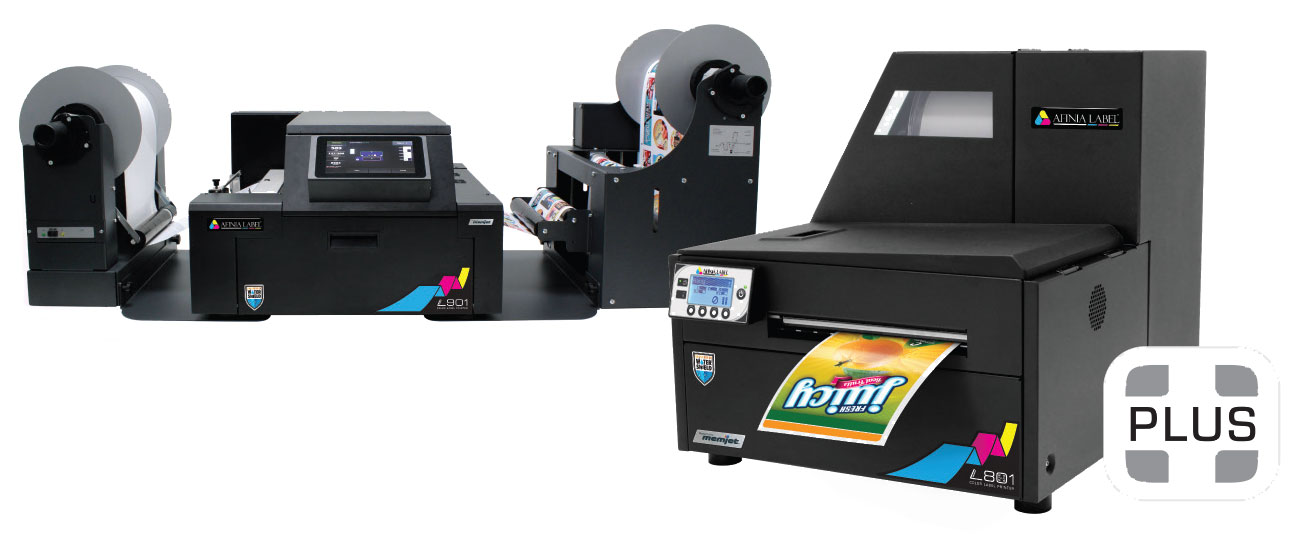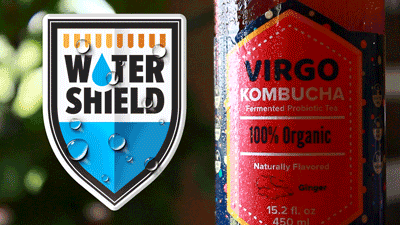Watershield™ Ink Technology
Enhanced durability for water-exposed labels
Watershield-printed labels are significantly more resistant to the effects of prolonged moisture exposure than conventional dye-based inkjet labels1. This makes the L801 Plus perfect for applications such as chilled beverages, foods, chemical or pharmaceutical products. This new technology also produces deeper and more neutral blacks.
Ideal for the top growing food and beverage categories2
-
Refrigerated Entrees
-
Frozen Desserts
-
Refrigerated Juices
-
Frozen Meats And Seafood
Available in Afinia Label Printers

Watershield Technology is available in the L801 Plus and L901 Plus Color Label Printers


-

Enhanced Water Resistance
Watershield-printed labels are much better at resisting the effects of moisture than those printed using traditional inkjet.
-

More Neutral Black Chroma
Blacks and grays are more neutral in color, providing truer tones with less color tinting.
-

Safer Chemical Compositions
Watershield inks carry much less severe chemical warnings than traditional inkjet, UV, solvent, or liquid toner inks.
These inks are free from phthalate esters, benzophenone, bisphenol-A (BPA), HAPs – Hazardous Air Pollutants, SVHCs, heavy metals, and aromatic amines.

1 Water resistance can be media-dependent. Always test your printed label to be sure it meets your requirements.
2 Top growing categories are according to Smithers PIRA 2017 and The State of the Specialty Food Industry Report 2017.
















